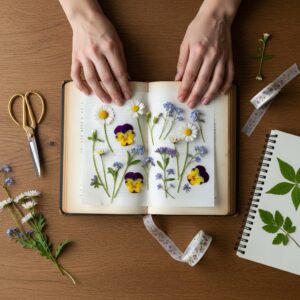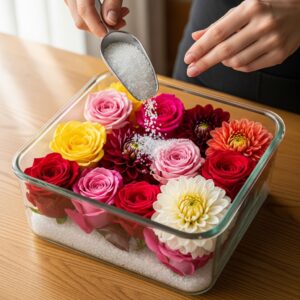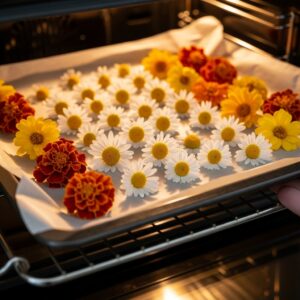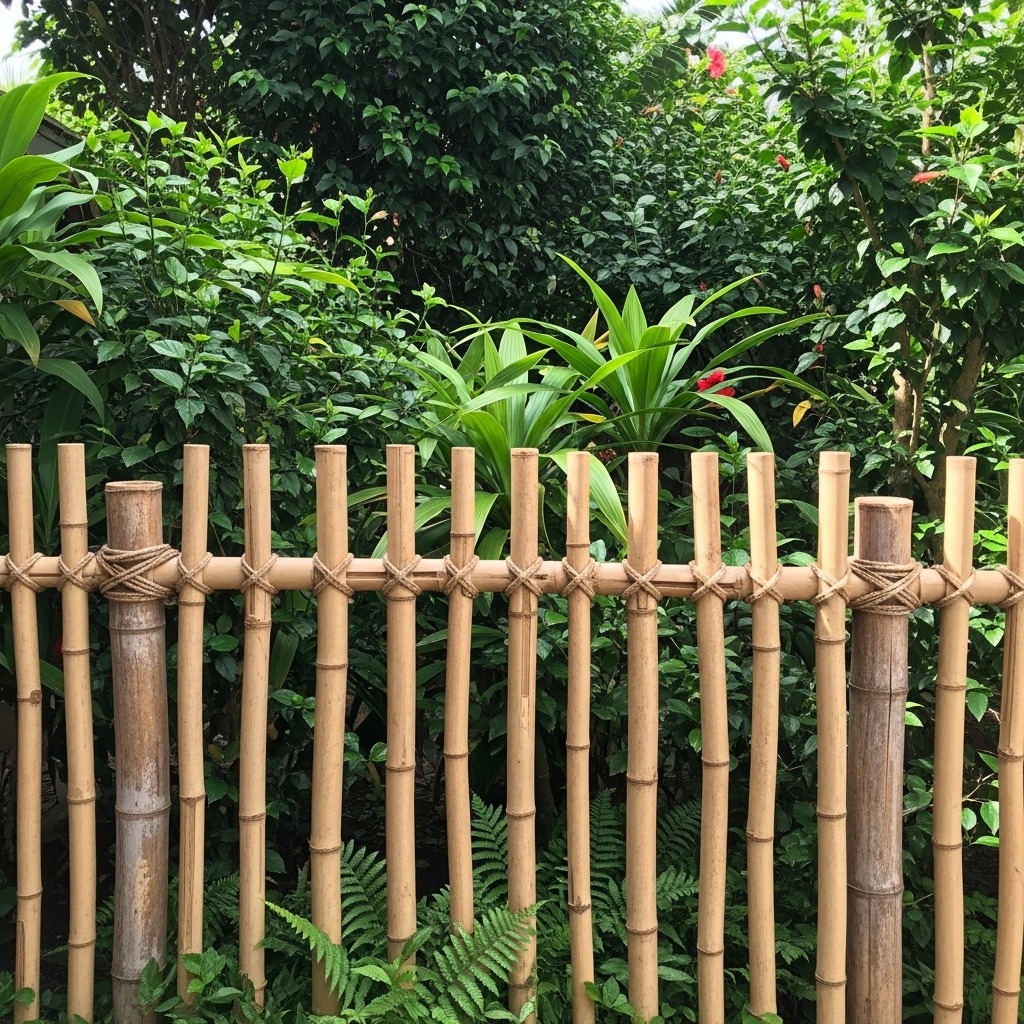Drying flowers is a timeless way to preserve the beauty and memories attached to your favorite blooms.
Whether it’s a bouquet from a special occasion or garden flowers you simply adore, learning how to dry flowers allows you to enjoy their charm long after they’ve faded.
In this guide, we’ll explore several simple, detailed methods—from air drying to microwave pressing—to help you achieve perfect results.
1. Choose the Right Flowers

Before you start drying, choosing the right flowers is essential for the best results. Not all blooms dry the same way.
Best flowers for drying include:
-
Roses
-
Lavender
-
Baby’s breath
-
Hydrangeas
-
Statice
-
Strawflowers
-
Eucalyptus
-
Globe amaranth
Tip: Choose flowers that are just beginning to bloom. Fully open or wilted blooms tend to lose petals or color faster when dried. Remove any damaged leaves or petals before starting.
2. Air Drying Flowers (Classic and Easiest Method)

Best for: Roses, lavender, baby’s breath, and wildflowers.
What You’ll Need:
-
String or twine
-
Scissors
-
A dark, dry, and well-ventilated room
Steps:
-
Strip extra leaves from the stems.
-
Gather flowers into small bunches (3–5 stems each) and tie them together with string.
-
Hang the bunches upside down in a dark, dry area like a closet or attic. Darkness helps preserve the flower’s color.
-
Allow them to hang for 2–4 weeks until completely dry.
Pro Tip: To help flowers retain their shape, avoid overcrowding bunches. The more air circulation, the better the results.
3. Pressing Flowers (Flat and Elegant Results)

Best for: Daisies, pansies, violets, ferns, and other flat flowers.
What You’ll Need:
-
Heavy books or a flower press
-
Parchment or blotting paper
Steps:
-
Place your flower between two sheets of parchment paper.
-
Insert it inside a heavy book or a flower press.
-
Stack additional books on top for extra weight.
-
Leave it undisturbed for 2–3 weeks until the flower is completely dry and flat.
Uses: Pressed flowers are perfect for bookmarks, greeting cards, resin art, or framed wall decor.
4. Using Silica Gel (For Vibrant, Professional Results)

Best for: Roses, dahlias, peonies, and zinnias.
What You’ll Need:
-
Airtight container
-
Silica gel (available in craft stores)
Steps:
-
Pour a layer of silica gel into the container.
-
Place the flowers on top, stem-side down.
-
Gently cover them completely with more silica gel until buried.
-
Seal the container and leave for 5–7 days.
-
Once dry, remove carefully with a brush to get rid of any remaining powder.
Tip: Silica gel helps flowers retain their shape and color, making them look almost fresh.
5. Microwave Drying (Quick Method)

Best for: Small to medium-sized blooms like daisies or roses.
What You’ll Need:
-
Microwave-safe dish
-
Silica gel
-
Cup of water (to protect the microwave)
Steps:
-
Fill the bottom of your dish with silica gel.
-
Place flowers on top, then gently cover them completely with more gel.
-
Put the dish in the microwave with a cup of water beside it.
-
Heat on medium for 30 seconds to 1 minute (check frequently).
-
Once dry, let the flowers cool before gently brushing off the gel.
Warning: Avoid overheating! Microwaving too long can cause discoloration or brittle petals.
6. Oven Drying (Fast and Reliable)

Best for: Hardy flowers like chrysanthemums, daisies, and marigolds.
What You’ll Need:
-
Baking sheet
-
Parchment paper
-
Oven
Steps:
-
Preheat the oven to 95–100°C (200°F).
-
Line a baking tray with parchment paper and arrange flowers in a single layer.
-
Leave the oven door slightly open to let moisture escape.
-
Bake for 1–2 hours, checking every 30 minutes.
-
Once crisp and dry, let them cool completely.
Tip: Keep a close eye to avoid browning or burning the petals.
7. Caring for and Displaying Dried Flowers
Once your flowers are dry, handle them gently—they’re delicate.
To preserve them longer:
-
Keep them away from direct sunlight and humidity.
-
Spray with hairspray or a floral sealant to reduce shedding.
-
Store them in a shadowed spot to maintain color.
Display ideas:
-
Arrange in a vintage vase
-
Frame pressed flowers in glass
-
Use for candle or resin art
-
Create dried flower wreaths
Drying flowers is more than just a craft—it’s a beautiful way to hold onto moments and memories.
Whether you prefer the rustic charm of air-dried bunches or the vibrant perfection from silica gel, these methods ensure your blooms stay beautiful for months (or even years).
Experiment with different flowers and techniques to find what suits your style best.

